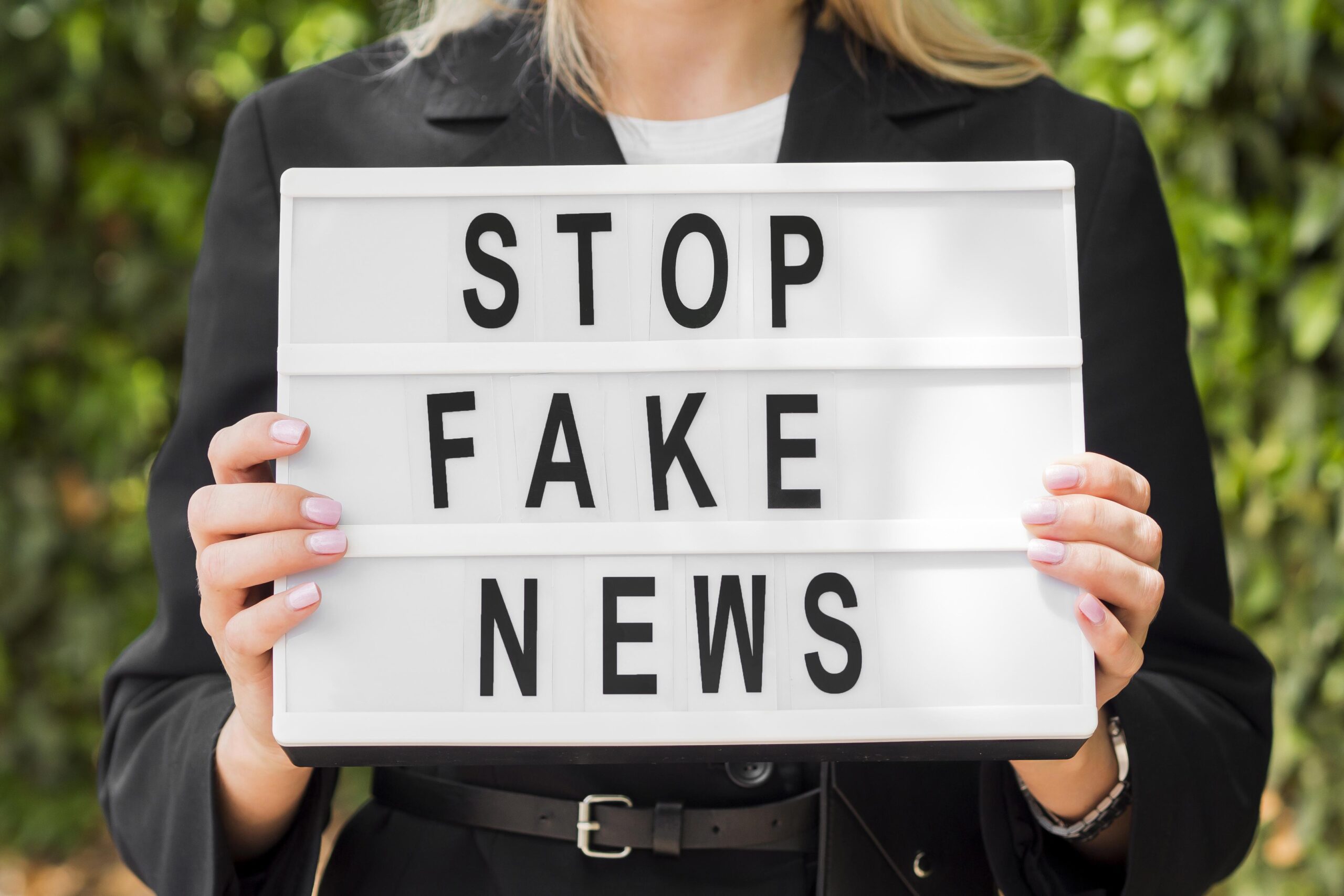In today’s fast-moving digital world, misinformation spreads quickly and widely. Fact-checking is an essential skill that helps you pause, investigate, and ensure that what you’re seeing or sharing is accurate. Whether it’s a viral video, a sensational image, or a breaking news story—here’s how to be your own fact-checker.
What Is Fact-Checking?
Fact-checking is the process of verifying whether claims, images, or information are consistent with reality. While professional journalists and investigators often carry out fact-checks, anyone can learn how to do it. With just a few tools and techniques, you can analyze and confirm the truth behind the content you see online.
Why Does Fact-Checking Matter?
Because misinformation can mislead, harm, and divide. False images or claims can shift public opinion, spark unnecessary outrage, or even cause panic. Fact-checking helps protect you—and those around you—from falling into the trap of manipulated or false content.
How to Fact-Check Like a Pro
1. Use Reverse Image Search
Upload suspicious photos to tools like Google Images or TinEye. These platforms can help determine if an image has been used previously in a different context or location.
2. Examine Details in Images or Videos
Look closely for clues: street signs, language, license plates, or identifiable landmarks. These can reveal the real location or timeframe of the visual content.
3. Analyze the Source
Who shared the content? Is it a reputable news outlet or an unknown user? Consider the motivation behind the post and whether the source has a history of spreading misinformation.
4. Consult Multiple Sources
If only one source is making the claim, it’s a red flag. Look for confirmation from independent, well-established news agencies or reporters on the ground.
5. Look for Additional Visuals or Evidence
Try finding other images or videos of the same event. If different sources show the same situation with consistent descriptions, it’s a good sign of authenticity.
Trusted Tools and Resources
- Google Images – For reverse image searches
- TinEye – Specialized tool for tracing image origins
- InVID – A browser plugin to verify video content
- Snopes, AFP Fact Check, Alt News – Reputable fact-checking organizations
- EDMO BELUX – A hub for media literacy and disinformation research
- EUvsDisinfo – An initiative by the EU tracking disinformation campaigns
- iDoubt.eu – Practical resources and tools for fact-checkers
Want to Improve Your Skills?
- Take fact-checking quizzes from EDMO Benelux
- Read how-tos and case studies from AFP Fact Check
- Explore educational resources from Mediawijs and EDMO
- Download the “10 Questions to Spot Disinformation” poster
- Browse real-world disinformation cases at EUvsDisinfo.eu
Final Thoughts
In a world flooded with content, truth is your most valuable filter. Being media literate doesn’t mean knowing everything—it means knowing how to check what you see. Fact-checking is your defense against digital misinformation, and it empowers you to think critically, share responsibly, and stay informed.

